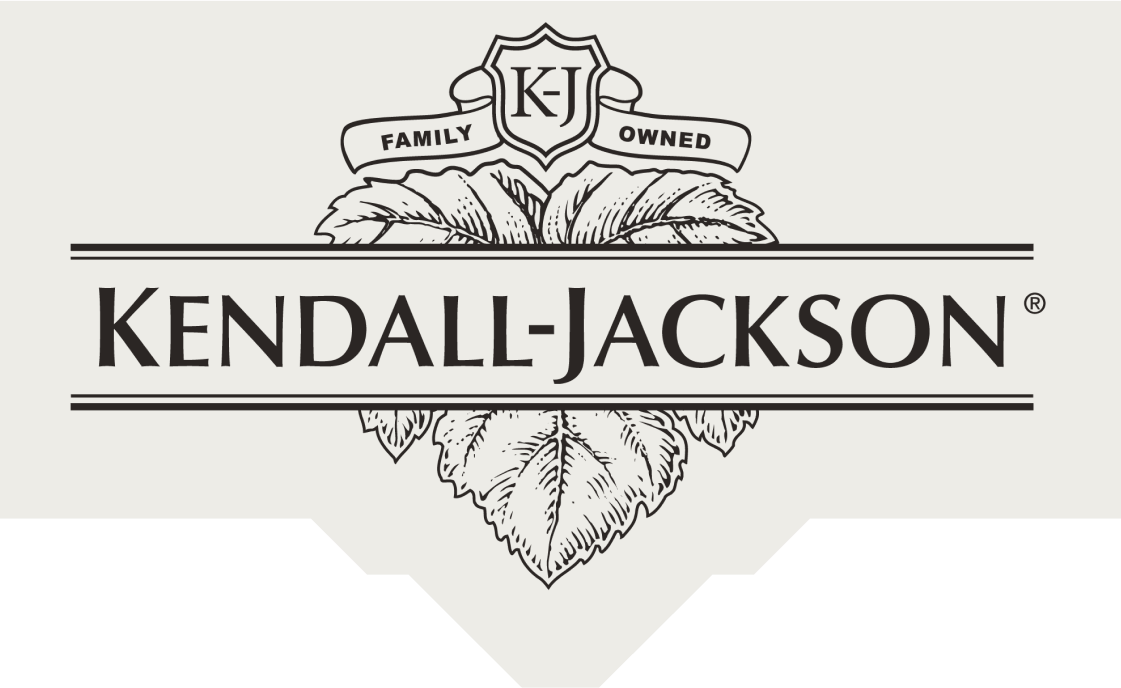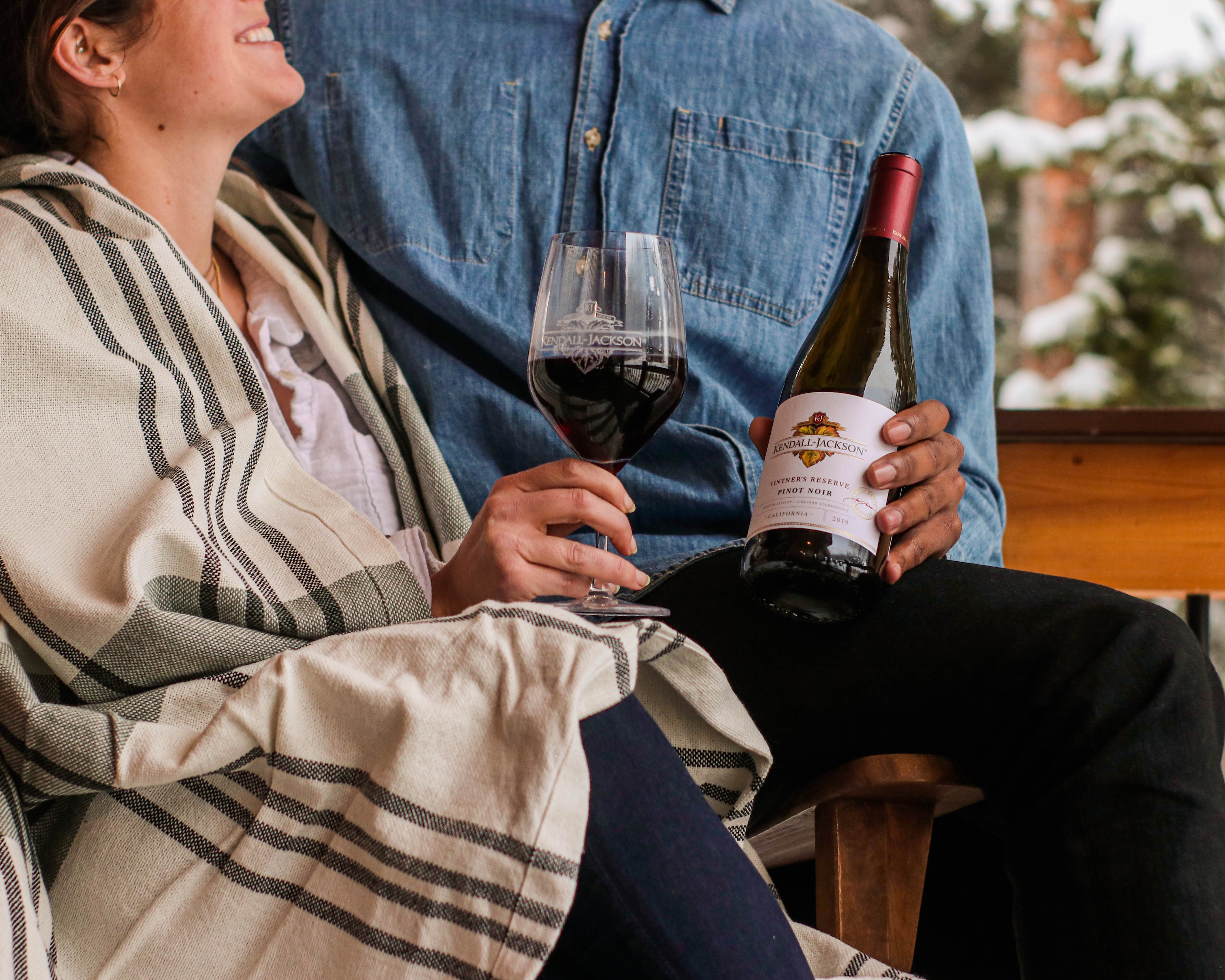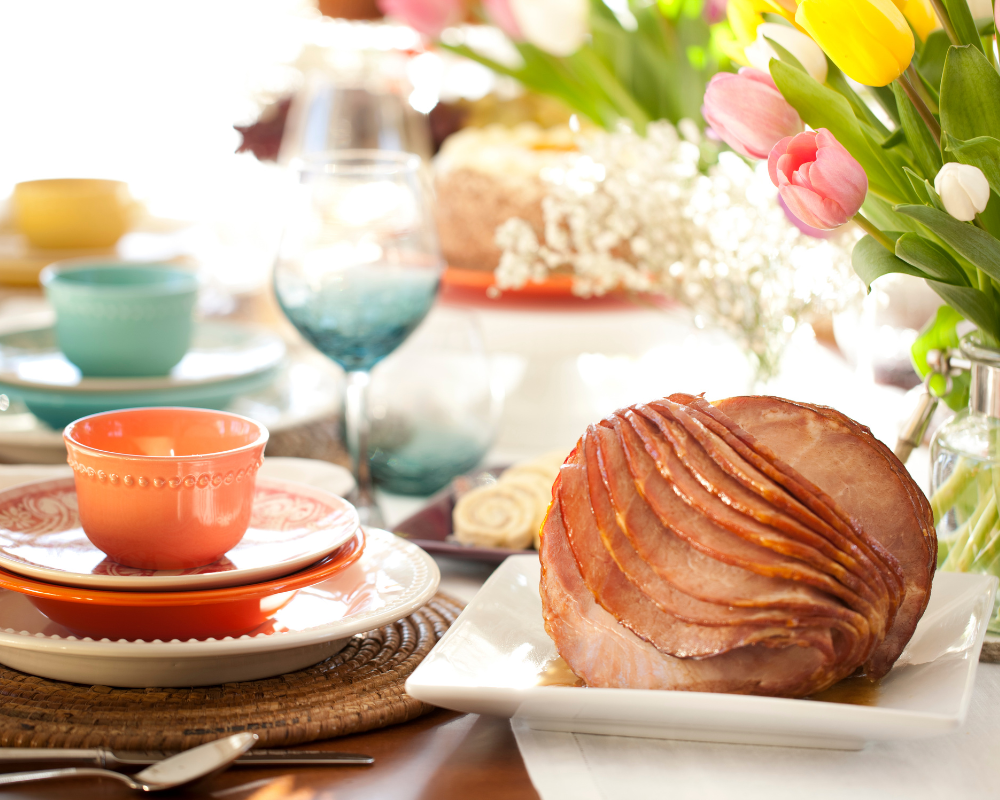How to Store Open Wine: Expert Tips for Keeping Wine Fresh
This blog was updated in December 2024.
Wondering how to store wine after opening? It's a good question, because how long a wine is good after opening depends on the kind of wine and how it’s stored.
How to recork a wine bottle is the first question that usually comes to mind. As with all things wine, storing wine after opening has layers of nuance. Let's "aerate" (apologies - irresistible wine nerd humor!), or discuss, the possibilities so that we can get to the bottom of a bottle while it is still delicious.
The Basics of Wine and Oxygen
Oxygen can be good and bad for a bottle of wine. It’s all about how much and how long the wine is exposed to oxygen. When first opening a bottle of wine, we often hear that we should let the wine "breathe”—or take in oxygen—to enhance its aromas. (Check out more on wine aerators here.)
However, if wine is exposed to too much oxygen for too long, wine passes from peak performance to flat out "bad". In fairness, "bad" is relative here. Wine that has been opened too long isn't harmful to drink; it just isn't tasty. When wine goes bad or "turns", it simply becomes vinegar. So, it might be worth keeping for cooking or even starting a vinegar mother, even if it's no longer a desirable drink. If you sniff a wine and think it is fine, then sip it and grimace when it's not. But don't worry, as bad as it might taste, you won't become ill.
So, can you drink old, opened wine? Yes! In fact, sometimes wine gets better after it's been open for a while. My experience tells me that about 20% of the time, wines are better on Day 2 than on Day 1. Sometimes - maybe 10% of the time, wines are better on Day 3 than they were on Day 1 or 2.
Once I tried a six-year-old Sauvignon Blanc with trepidation. Awful! I put it back in the fridge and noted that it was still unpleasant when I used it to cook with about a week later. Another few weeks passed, and I ended up drinking the remaining three-quarters of the bottle with a friend. It was glorious! My point is that you simply don't know how an opened bottle of red or white wine is evolving until you try it. After all, wine is a living product. It literally breathes, just like we do.
Keeping open wine fresh means reducing the wine's oxygen exposure and slowing down the wine's oxidation reactions. As such, my experience above is for wines that are recorked and - usually - vacuumed with a Vacu Vin and returned to my refrigerator for whites, rosés and sweet wines and to my wine fridge for reds. So, let's explore how to preserve open wine.
Quick Tips for Storing Opened Wine
- Recork Promptly: After pouring, seal your bottle as soon as possible. For corks, insert the end that was inside the bottle back into the neck for better preservation.
- Refrigerate: Always store opened white, rosé, and even red wines in the fridge. The cooler temperature slows down oxidation.
- Minimize Oxygen Exposure: Keep your wine in a smaller bottle or use a vacuum pump to remove excess air. This reduces oxidation and helps maintain flavor.
- Use Proper Stoppers: Invest in good wine stoppers, like the VacuVin or Private Preserve, to create a tight seal and extend freshness.
- Decant Wisely: Avoid decanting the entire bottle if you won’t finish it. Instead, let wine breathe in your glass.
- Check for Changes: Before drinking, inspect the color and sniff for off aromas. If it smells fine, take a small sip to assess the flavor.
- Invest in Preservation Tools: If you frequently open wine, consider gadgets like Coravin, which allows you to pour without removing the cork.
Wine Preservation Techniques
There are all sorts of tools for preserving open wine at just as many price points. But if you have the right wine preservation technique for your open bottle of white wine - screwcapped or not, you may not need anything else. Moreover, the same principles apply for storing open red wine. Keep in mind that the greater the volume of wine left in the bottle, the better it will keep. Also, the more times you open the bottle, the shorter the life of the wine will be.
Stoppering Bottles to Keep Wine Fresh
First, recork wine the way a winemaker would. That is, place the end that was in the bottle back into the bottle. Corks expand when they are pulled out, making it easier to put the end previously facing you back into the bottle first. However, you'll never catch a winemaker doing that. They worry that the outward-facing side could spoil the wine if, say, that side was slightly cork taint affected but the side that had been facing the wine wasn't. Besides, it just seems more sanitary. The top of the cork has been exposed to lots of things on its journey from the winery.
If your wine is closed with a screwcap or a glass cork, this first step is even easier. The opposite is true with those inflexible, plastic-y feeling ones. There's no amount of muscle and there's no secret angle that will convince those corks to squeeze back into a wine bottle neck. So, it's useful to keep an extra cork or three around, all in slightly different widths as wine bottle necks aren't all the same size. If you're a clutterphobe, you can always give the extra corks a second shift, standing in as safety coverings for the end of an ice pick or a cooking thermometer shoved into a drawer! That way you always have a spare cork on hand, but it's serving a functional purpose in the meantime.
This is also helpful for those times you plan to drink a bottle and toss the cork but then don't finish it after all. Sometimes glass stoppers from wine bottles are worth keeping around, too. They often fit best into smaller-necked bottles. As a last resort, just cover the opening with plastic wrap and snap on a rubber band.
Recorking Open Wine Bottles ASAP
If you know you're not going to finish a bottle, don't let it sit un-stoppered on your counter or in your fridge. Pop the screwcap back on or shove the cork in as soon as you've poured your glass.
Similarly, if you're not finishing a bottle of wine in one go, don't decant it. Let the wine breathe in the glass(es) instead. If you really need to "decant" or oxygenate a single glass, pour the single serving back and forth into a second wine glass to achieve your desired level of aeration.
Check out our blog on the premier guide to types of wine glasses to learn more about serving wine.
Refrigerate Open Wine Bottles to Preserve Them
Does wine need to be refrigerated after opening? Yes! It's basically all pros and almost no cons when it comes to refrigerating open wine. Cold temperatures significantly delay oxidation reactions, but the open wine bottles will still be changing in your refrigerator.
Just as you store open white wine in the refrigerator, you should refrigerate red wine after opening. Beware that more subtle red wines, like Pinot Noir, can start turning "flat" or taste less fruit-driven after a few days in the refrigerator. Still, how long red wine lasts after opening will improve if you opt for the refrigerator rather than the counter.
Balking at the idea of cold red wine? Taking red wine out of the fridge half an hour before you drink it will do the trick. If you're too thirsty to wait, run lukewarm water over the bottom of the bottle while turning it for even heat distribution. If you're really desperate, you can even pour a glass then carefully rotate the exterior of the glass under the faucet. If you think the idea of refrigerating red wine is just too bonkers, at least try to store the wine in a cool, dark place or away from lights that give off heat.
I generally place my opened red wines back in my wine fridge, where they lay horizontally. This keeps them at the right temperature while stored and has them ready for drinking when I am. However, this is only a good idea for drinking already opened red wine the next day or two. This is because of the oxygen exposure principle. If a bottle is laid flat for storage, more wine surface will be exposed to air in the bottle. If the bottle is stood on end, there is less air exposure.
Transfer Wine to Smaller Container
A great way to save half a bottle of wine is to pour it into a 375 ml half bottle. Instead of exposing the remaining half a bottle to oxygen at the widest circumference, you expose only a tiny portion at the neck of the half bottle. In fact, to extend the life of the wine for several more days, make sure there is just a bit more than half the bottle left. Fill the 375 ml bottle to the very top. Yes, you'll lose half an ounce or even a whole ounce, but you'll preserve the rest of the wine much, much better. Worth it!
Wine Preservation Tools
If you're into gadgets, you're in for a treat. There are numerous wine preservation tools, many of them reviewed here.
Are they worth it? If you are wavering on spending the cash on these tools, take a few minutes to think about how many times a week or month you need to save a bottle of wine as well as the average price of the bottle you save. Is it worth spending $12 to save a half bottle of $10 wine for a few days once a month? Probably so, as the tool will pay for itself many times over within a year. And if the wine costs $120 and you only drink $60 of it because it "goes off", that $12 is very much worth it, and you may even want to splurge on a higher-end preservation tool!
Wine Bottle Closures, Wine Preservation Gases and Other Wine Saving Systems
The best value wine closure is the Vacu Vin, which only requires a little muscle to use and basically lasts forever. (Do not, however, use a Vacu Vin on a sparkling wine as you'll extract the bubbles you aim to keep!) A step up in price but still a good value is the Private Preserve inert gas spray. In fact, my favorite preservation sequence is to spray Private Preserve into a bottle then pump it closed with the Vacu Vin system.
Don't Open the Bottle
I promise that this isn't what you are thinking! Sure, don't open a special bottle if you're not going to finish it and don't think that you can keep your fancy wine fresh.
Learn more: Read our blog on how to store wine properly.
However, what I mean here is that you can use a very handy tool called a Coravin to "access" a glass of wine without opening the bottle. It seems counter-intuitive, but many a wine lover and sommelier swear by it for enjoying higher-end still wines closed with either a cork or a screw top.
Shelf Life by Style
As the saying goes, rules are made to be broken. We know that one of the reasons that wine always seems slightly mysterious is because it comes in so many styles from so many places. So, here are guidelines—not rules—to help you estimate how long your open bottle of rosé wine, white wine or red wine may last.
Within these categories, there are a few additional things to keep in mind:
- Higher-quality wines may have more durability post-opening, but not always. More subtle wines, like Pinot Noir, usually need to be drunk up quickly, whatever their price.
- New World wines (that is, those not from Europe) and their more energetic fruit character tend to last longer than Old World wines, which tend to wane more quickly.
- Older, long-aged wines tend to be frail and almost never store well after opening unless they are fortified.
- Wines bearing no- or low-sulphur mentions on their label tend not to stay fresh long after opening. Drink those up, stat!

Lighter-bodied Reds: 1-3 Days
Lighter-bodied reds, as well as delicate grape varieties like Pinot Noir, tend to be fragile, fading pretty quickly. It is best to decant these into a smaller bottle or save more wine for later as the greater liquid mass in the bottle will help preserve the aromas.
Full-bodied Reds: 4-5 Days
Fuller-bodied reds, as well as higher tannin reds, have solid staying power. Many of them even need a day or two to unwind, and it can be fascinating to watch their personalities evolve!
Rosés: It Depends
Lighter-colored, dry rosés tend to have the same storage span as lighter-bodied whites, or 3-5 days. Blush—or off-dry—rosés can last longer, even up to 7 days. Darker but dry rosés also have better staying power with their greater fruit intensity as well as some occasional tannins, up to 4-5 days.
Full-bodied Whites: 2-3 Days
Fuller-bodied whites that were fermented and/or aged in oak, should often be enjoyed sooner than wines that do not see oak use during their crafting. The wines often show less evolution of fruit and floral character because they have non-fruit influences, like toast or smokiness, playing a larger role. However, they tend to smell "flat" and less fresh more quickly.
Lighter-bodied Whites: 3-5 Days
Lighter whites that see no or little oak use can usually last for several days. In fact, those closed with a screw top often benefit from a day or two of additional oxygen exposure as most screwcap closures allow less oxygen exchange with the wine than corks do. Just like humans, wines enjoy a little fresh air!
Sparkling Wine & Champagne: 1-3 Days
Traditional method sparkling wines, whose bubbles are made in the bottles in which they are sold, hold their fizz longer than tank-fermented sparkling wines. While there is nothing like watching bubbles float to the top of a glass, the wine can still be pleasant even when the bubbles have escaped. Just drink the sparkling in a white wine glass - as you would a still wine - rather than in a flute. Invest in a sparkling wine stopper with "arms" that close around the bottle neck opening to help keep the bubbles in as well as to keep the stopper from popping out. Do not use a cork or a regular wine stopper. It could eject unexpectedly due to the CO2 and cause injuries.
Fortified & Sweet Wines: 2 Days to Years
Fortified and sweet wines can be some of the most age-worthy wines both before and after they are opened, assuming they are of high quality. The high alcohol of fortified wines gives them the backbone to resist oxidation and age slowly. The exceptions are bottled-aged Ports, such as Vintage Ports, which should be consumed within 2-3 days, as well as fresh styles of Sherry, like Fino and Manzanilla. The longest-lived of all wines are Madeira, which are basically aged before they are put in bottle. Easygoing sweet wines can last up to a week or two when properly stored after opening, while the more concentrated elixirs can last for weeks...if you can resist finishing them!
Is My Opened Wine Still Good?
The key to storing open red wine and to keeping open white wine fresh is to try to keep oxygen away from the remaining wine while doing so at a cool temperature to slow the oxidation reactions. The best way to tell if your open bottle of wine - screw top or cork closed - is still good is to give it a sniff then, if the aroma seems pleasing, taste it. If you like the aromas and flavors, the opened wine is still good! Personal preferences play a big part here, just as they do when a wine bottle is first opened. If you want to be more methodical, follow these steps:
- Take a look at the wine's color. Opened red wines will start to turn brickish or brown while opened white wines will turn darker yellow or even gold.
- Sniff the wine and see if the fruit character is as lively as the last time you tasted the wine. Also, check to see if the wine is starting to smell like the vinegar in your pantry.
- If the wine smells appealing, give it a sip. But, make it a small sip! Sometimes a wine smells fine, but it tastes terrible. I love balsamic vinegar as a condiment, but I will never pour a glass to drink.
- Turn your geek on, if you want! Jot some quick notes of your observations of the wine the first night it is opened and also note how much you like it. Then, compare your second night's tasting back to that note. As you collect experiences doing this, you'll develop a good feel for how long opened wine can last!
FAQs
1. How long does opened wine last?
Opened wine can last anywhere from a day to several weeks, depending on the type of wine. Lighter reds and whites typically last 3-5 days, while fuller-bodied reds can last 4-5 days. Sparkling wines usually stay fresh for 1-3 days.
2. Should I refrigerate opened wine?
Yes! Refrigerating opened wine, both red and white, slows down oxidation and helps preserve its flavors. For red wines, you can take them out of the fridge about 30 minutes before serving to bring them back to the ideal temperature.
3. Can I reuse a cork to seal my opened wine?
Yes, you can reuse the cork, but make sure to insert the end that was in the wine back into the bottle. If the cork is too damaged or difficult to use, consider using a wine stopper or covering the bottle with plastic wrap.
4. What’s the best way to keep wine fresh after opening?
Recork the bottle as soon as possible, refrigerate it, and consider using preservation tools like vacuum pumps or inert gas sprays to reduce oxygen exposure.
5. How can I tell if my opened wine is still good?
Check the wine's color; sniff it for any off or vinegar-like smells; and taste a small sip. If it smells and tastes pleasant, it’s still good to drink!



